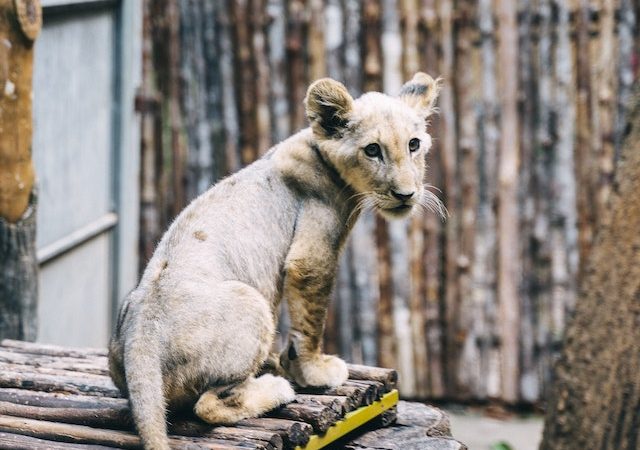Preparing Your Home for a Baby Cub Bringing home, a baby cub is an exciting yet demanding venture that requires careful planning and preparation. Before your new furry friend arrives, it’s essential to create a safe and welcoming environment. Ensure that your living space is cub-proofed, removing any potential hazards and creating designated play and
Preparing Your Home for a Baby Cub
Bringing home, a baby cub is an exciting yet demanding venture that requires careful planning and preparation. Before your new furry friend arrives, it’s essential to create a safe and welcoming environment. Ensure that your living space is cub-proofed, removing any potential hazards and creating designated play and rest areas. Just like welcoming a human baby, a baby cub’s living space should be well-equipped, comfortable, and ready to accommodate their growing needs.
Baby Cub Care Essentials: Nutrition and Shelter
Providing the right nutrition and shelter for your baby cub is paramount for their health and well-being. Research the specific dietary requirements of your cub’s species and consult with a veterinarian to develop a balanced feeding plan. Remember that a cub’s nutritional needs evolve as they grow, so be prepared to adjust their diet accordingly.
Creating an appropriate shelter for your baby cub is equally important. Mimic their natural habitat as closely as possible, incorporating cozy bedding and enrichment elements to stimulate their senses. Regular cleaning and maintenance are essential to prevent health issues and ensure a hygienic living space. Invest in secure enclosures that can accommodate their growth while keeping them safe from potential dangers.

Photo by Anna Tarazevich: https://www.pexels.com/photo/photo-of-a-cub-at-the-zoo-6796547/
Building a Strong Bond: Socializing and Training Your Cub
Developing a strong bond with your baby cub is a journey that requires patience, dedication, and understanding. Begin socializing your cub from an early age, exposing them to various sounds, sights, and experiences. Gradually introduce them to new people and situations, helping them build confidence and reduce the likelihood of fear-based behaviors.
Training your baby cub is not only a means of teaching them commands but also a way to establish trust and communication. Use positive reinforcement techniques to encourage desired behaviors and be consistent in your approach. Whether it’s crate training, potty training, or basic commands, a well-trained cub is a happier and safer companion.
Safety First: Ensuring a Secure Environment for Your Baby Cub
Safety should be a top priority when bringing home a baby cub. Conduct a thorough safety assessment of your living space, identifying potential hazards such as toxic plants, electrical cords, or small objects that could be swallowed. Use baby gates or barriers to restrict access to certain areas, and secure windows and doors to prevent escapes.
Additionally, establish a regular veterinary care schedule to monitor your baby cub’s health and address any medical concerns promptly. Stay informed about common health issues in your cub’s species and be vigilant for any signs of illness. Regular check-ups and vaccinations are crucial to ensuring a long and healthy life for your furry friend.
Conclusion
Bringing home, a cub is a remarkable journey filled with challenges, joys, and endless rewards. By preparing your home, providing proper care, building a strong bond, and prioritizing safety, you’re setting the stage for a fulfilling life together. Cherish every moment as you watch your baby cub grow into a confident and content member of your family.

















Leave a Comment
Your email address will not be published. Required fields are marked with *